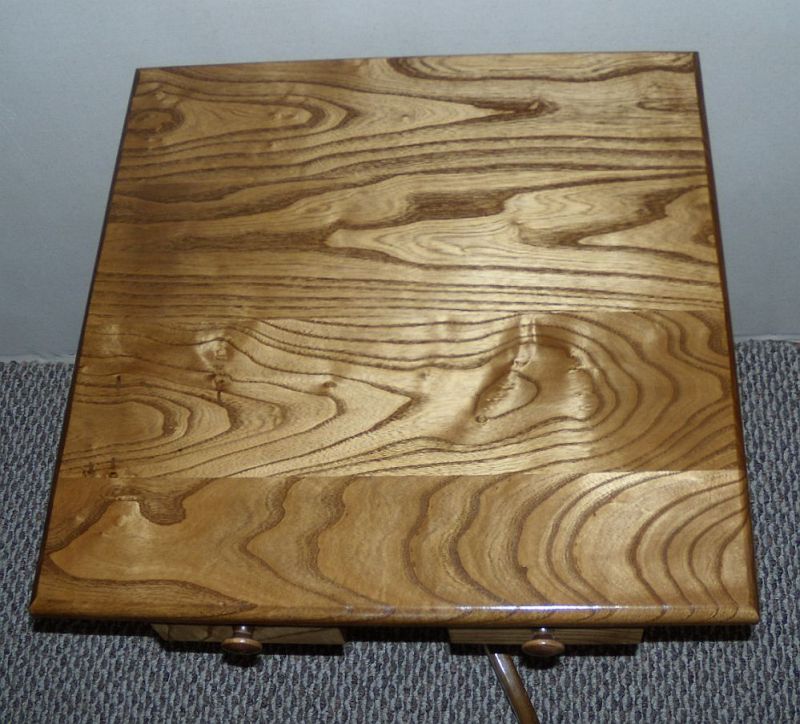Blue Stain in Pine
How big a concern is blue surface stain on softwood? June 12, 2006
Question
I have blue staining on some of my quartersawn shortleaf pine. It was air dried some, then dh kiln dried down to 6% at temps up to 123 degrees. If I can plane down through the stain and seal with satin polyurethane, will the stain continue to grow within the wood and reappear later? I am using it for flooring and casings. What I can't plane out I will use for painted stock. Should I use Kilz stain blocker as a primer if I paint it?
Forum Responses
(Sawing and Drying Forum)
From Gene Wengert, forum technical advisor:
Blue stain is a fungus. It needs moisture to grow (at least 22% MC and probably 40% MC or greater). It is more than just on the surface however, so planning it off is often impossible.
From contributor T:
I remember reading an article in Sawmill and Woodlot about Denim (blue stained) pine. It is actually a premium product. I had a pile of loblolly (yellow) that was blue stained, and couldn’t plane through it. I used mostly for exterior trim. It was primed with Kilz and nothing has bled through.
From contributor C:
Gene, why would the sapstain fungi require such high (40%) MC, when your rule of thumb is 22% for mold and fungus growth?
From Gene Wengert, forum technical advisor:
When drying wood, when the average MC is 40% MC, there is a lot of dry wood fibers in the lumber that will not support growth. Most of the wetness is in the center of the lumber under 40% MC, so the risk of blue stain is fairly small. It is true that about 22% MC is the minimum MC, but that is a minimum for a fiber, and at that low MC growth will be fairly slow. Also, 22% MC is fairly conservative - sometimes folks will use a slightly higher number.
From contributor D:
So I'm curious about something. The blue stain affects appearance. But does it do anything to the integrity of the strength of the wood?
From contributor C:
Gene, correct me if I am wrong, but I believe blue stain fungi are non decaying fungi. Secondary infections often happen after the initial blue stain which results in loss of strength. On a side note, we are seeing a lot of blue stain in Douglas fir clears now.
From Gene Wengert, forum technical advisor:
With severe blue stain, there is toughness loss, probably due to other fungal degradation and not just blue stain, as Contributor C said.
From contributor D:
I live near the coast in Alabama where hot and humid are the norms. A lot of houses and barns were built here in the past using rough cut yellow pine long before planed and dried lumber became popular. Where this stuff has been kept from the weather and termites it is still good and solid - like trying to drive a nail into seasoned oak. So just how dramatic is the loss of strength that occurs and should this be something that I should be concerned about when using my own milled material?
From Gene Wengert, forum technical advisor:
SYP is indeed vert strong, so that some uses do not need all the strength. For homes, flexibility controls the design, not strength, so the real question is how much does blue stain affect stiffness.
The comments below were added after this Forum discussion was archived as a Knowledge Base article (add your comment).
Comment from contributor J:
Resins in softwood lumber provide a degree of protection from some types of decay fungi. The blue stain fungi remove (eat) this resin, and decay fungi can then grow in the wood. The blue stain fungi grow from the outer surface toward the center of the wood, so planing usually won't remove the stain.
